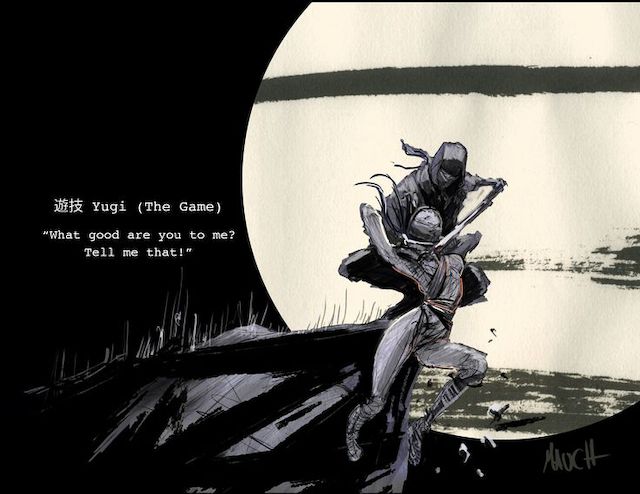Blog Entry

 Storyboards for Jet Black were done by Chris Mauch, best known for storyboarding the movie Divergent.
Storyboards for Jet Black were done by Chris Mauch, best known for storyboarding the movie Divergent.
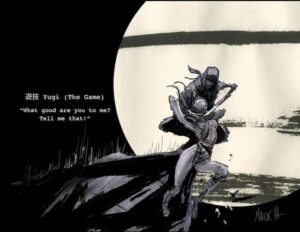

Latest Article|September 3, 2020|Free
::Making Grown Men Cry Since 1992
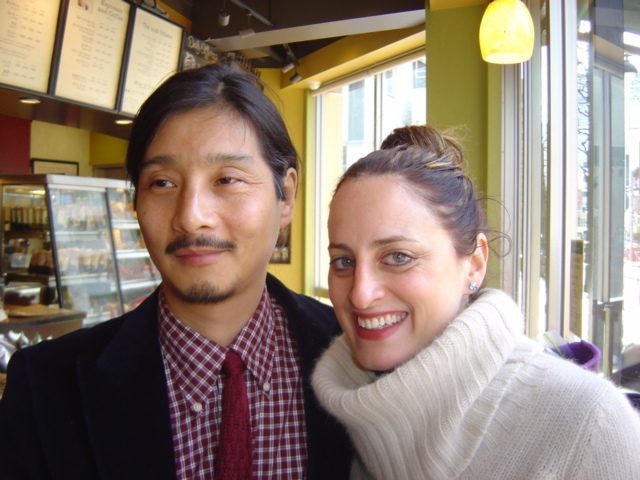

 Storyboards for Jet Black were done by Chris Mauch, best known for storyboarding the movie Divergent.
Storyboards for Jet Black were done by Chris Mauch, best known for storyboarding the movie Divergent.


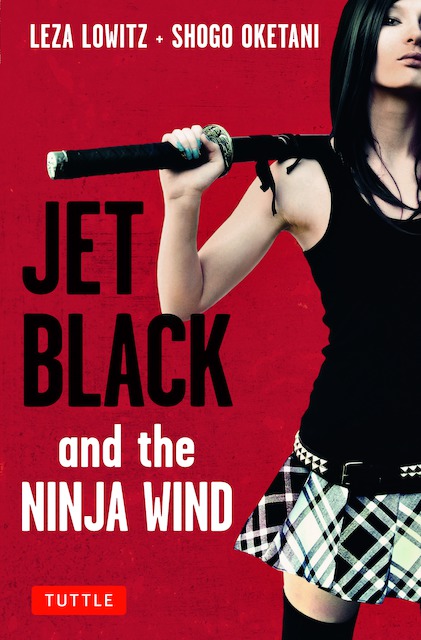
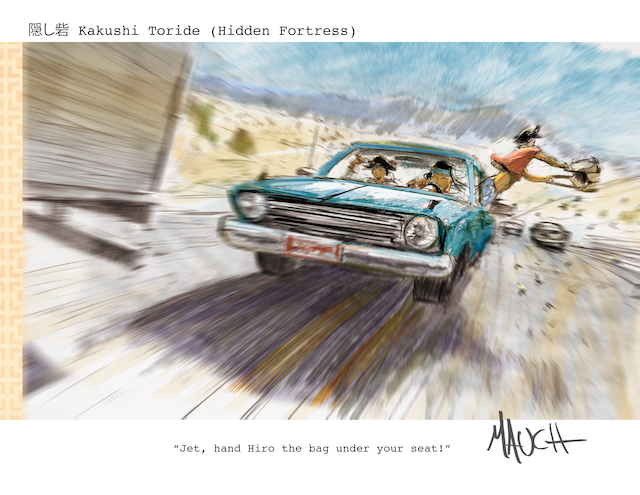
Storyboards for Jet Black were done by Chris Mauch, best known for storyboarding the movie Divergent.
